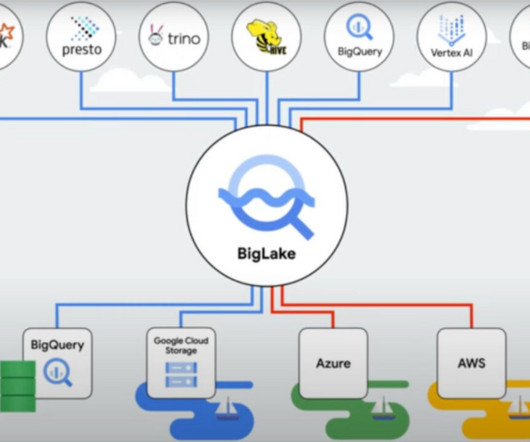Most important Data Engineering Concepts and Tools for Data Scientists
DareData
JANUARY 30, 2023
Airflow is written in Python and has a web-based user interface for managing and monitoring pipelines. AWS Glue: A fully managed data orchestrator service offered by Amazon Web Services (AWS). Azure Data Factory: A cloud-based data integration service offered by Microsoft.












Let's personalize your content